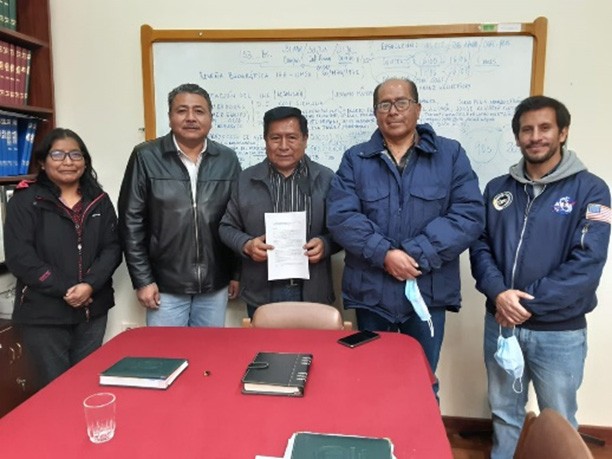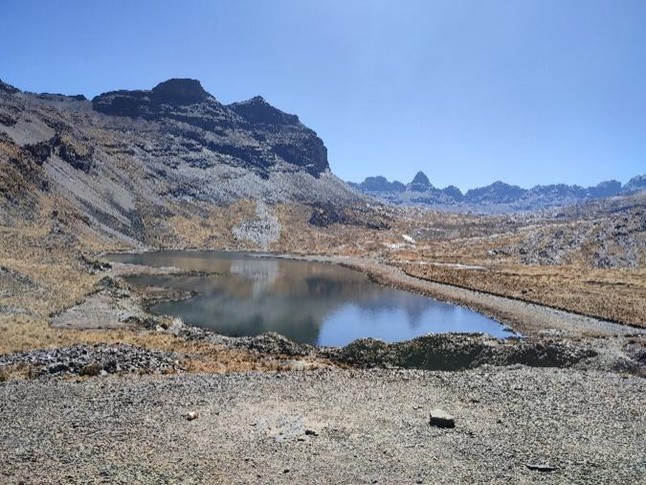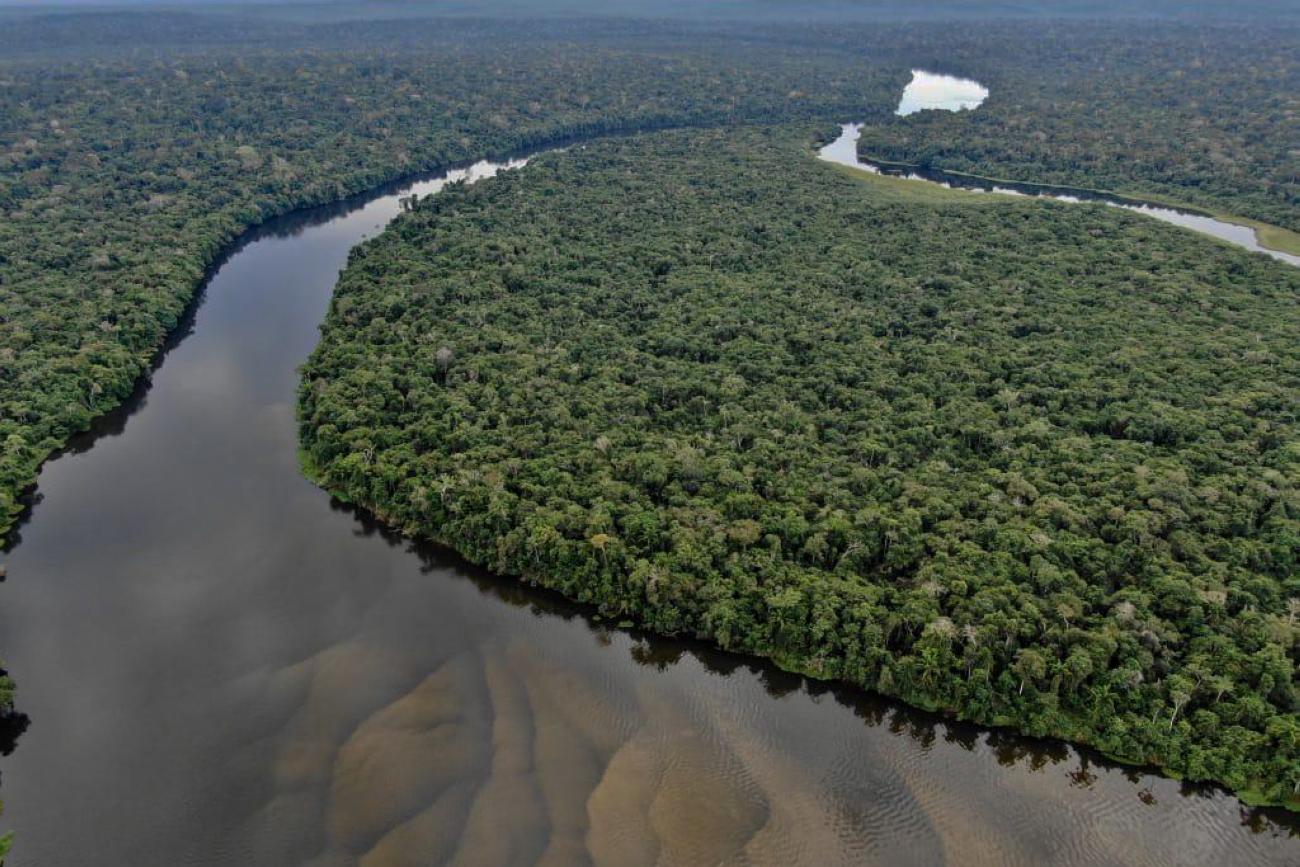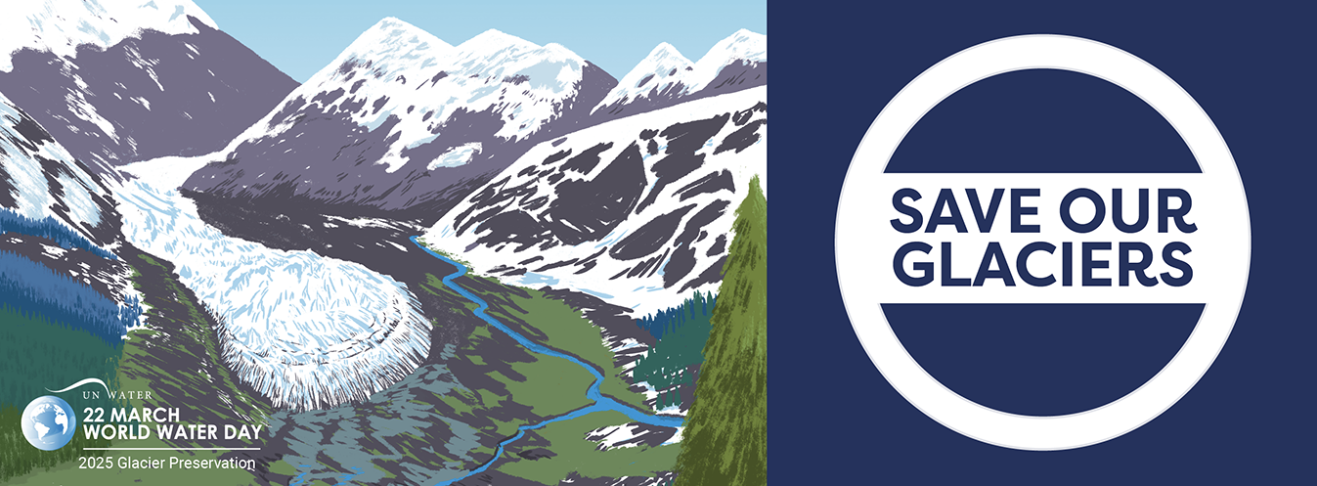Glaciers play a vital role in providing water for various purposes in the mountainous region of the Bolivian Andes, including drinking water supply, energy production, and irrigation. In recognition of this importance, the Amazon Basin Project launched the “Water Security in the Cities of La Paz and El Alto through the Efficient Use of Glacier Water Resources” initiative in Bolivia on November 4, 2022.
This activity is being carried out by the Hydraulic and Hydrology Institute (IHH, for its acronym in Spanish)) of the Universidad Mayor de San Andres in coordination with the Ministry of Foreign Affairs of Bolivia as the National Coordination Unit of the Project (UNCP, for its acronym in Spanish)) and the Ministry of Environment and Water (MMAyA, for its acronym in Spanish) as the technical supervisor of the intervention.
The UNCP-Bolivia presented the work plan and sent it to the Permanent Secretariat of ACTO, which is responsible for the Amazon Basin Project, encompassing the 8 Amazonian countries.
The melting and retreat of glaciers is a regional, national, and global concern that has been well-documented.
The importance of the Bolivian Basins lies in the fact that they are also the headwaters of many rivers in the Amazon Basin.
Progress of the intervention project in Bolivia
This water security intervention project in La Paz and El Alto will assess the current and future availability of water resources in the intervention basins and propose solutions for the rational use of water to meet the demands of communities and urban centers.
This water security intervention project in La Paz and El Alto will evaluate the current and future availability of water resources in the intervention basins and propose solutions for the rational use of water to meet the demands of communities and urban centers.
The planned activities encompass the Taypuchaca, Tuni Condoriri, Milluni, Choqueyapu, Incachaca, and Hampaturi basins, which are managed by the Department of La Paz.
These basins supply water to communities in the Altiplano and two densely populated centers, such as the cities of La Paz, with a population of close to 12 million inhabitants, and El Alto with 1.6 million inhabitants, according to the statistical projections for 2021 from the National Institute of Statistics (INE, for its acronym in Spanish).
The water security project will also strengthen the interaction coordination between the university and decision-makers.
Of the planned activities, the following stand out: the collection of data on hydrometeorological information from stations managed by the National Meteorology and Hydrology Service (SENAMHI); numerical modeling incorporated into water resource management tools; forecasting systems with future projections of necessary water resources, and the design of a set of alternative water supply solutions.
Among the planned activities are the collection of data on hydrometeorological information from stations managed by the National Meteorology and Hydrology Service (SENAMHI), the incorporation of numerical modeling into water resources management tools, the use of forecasting systems with future projections of necessary water resources, and the design of a set of alternative water supply solutions.
Additionally, automatic monitoring stations installed on two glaciers and level sensors at various control points in the Tuni Condoriri basin will provide valuable information.

Diana Rojas, National Assistant of Bolivia, José Antonio Luna, Director of the Hydraulic and Hydrology Institute (IHH), Rubén Reynaldo Marín, Executive Director of FUNDECO, José Luis Montaño, Responsible for the component of strategic actions of the intervention, Juan Pablo Fuchs, Intervention Coordinator



